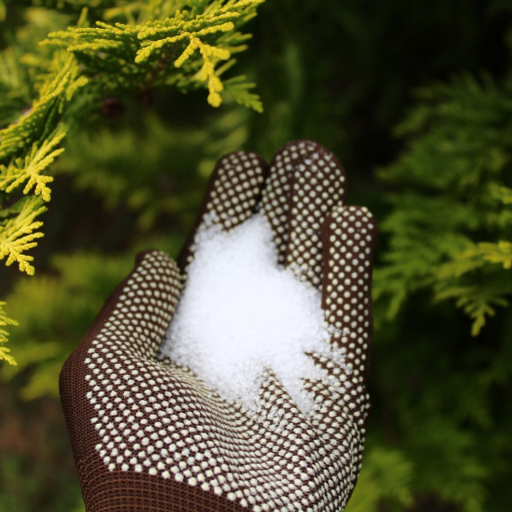Epsom salt is also known as magnesium sulfate in chemistry, but from time immemorial, it has been viewed as much more than a mere product for soaking sore muscles. It has become famous as an additive in horticulture and farming due to its efficacy in enhancing plant health and yield. This blog will elaborate on the different ways in which Epsom salt can be good for plants by exploring how it aids nutrient absorption and germination of seeds as well as strengthens cell walls, leading to flourishing, lush gardens. Whether you are a novice or an experienced gardener, learning to use Epsom salt properly can equip you with the knowledge needed to grow healthy crops.
What is epsom salt, and how does it benefit plants?
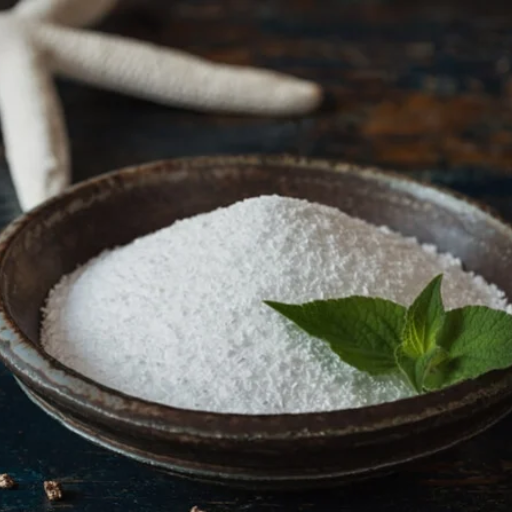
Comprehension of epsom salt composition
Epsom salt has magnesium, sulfur, and oxygen as the chemicals that form its chemical formula MgSO₄. Magnesium is essential to plants because it is necessary for photosynthesis, while sulfur helps in protein synthesis and enzyme function. Both elements are vital nutrients for promoting plant growth and overall good health. Epsom salt’s peculiar ingredients promote nutrient intake, raise soil fertility levels, and therefore act as a valuable material to add to the garden to improve production.
How epsom salt aids nutrient absorption
Epsom salts enhance nutrient absorption by plants mainly due to their magnesium content, which facilitates photosynthesis in crops. Magnesium acts as a central atom in chlorophyll, allowing plants to trap sunlight efficiently for energy conversion. Besides enhancing plant growth, this process also improves the uptake of other crucial elements. It further enhances various enzymes, including those responsible for the assimilation of nutrients like nitrogen, phosphorous, or potassium.
Technical Parameters:
- Magnesium (Mg) is present in plant tissue at 1-3%. Adequate levels are crucial since magnesium deficiency can lead to reduced chlorophyll production and impaired photosynthesis.
- Sulfur (S): Essential for synthesizing amino acids and proteins; it is typically required in amounts of around 0.2-0.5% in plant tissue.
- Soil pH: Epsom salt works best when soils have a slightly acidic to neutral pH range (6.0–7.0), allowing optimum availability and uptake of nutrients.
Adding Epsom salts to my soil does not just mean that I am adding necessary minerals back into my growing space; it also means that I am providing some much-needed defense mechanisms against pests, disease organisms, or other potential threats.
Roles of magnesium and sulfur in plant health
From experience gained over time, there are two essential components that every plant should never lack: magnesium and sulfur. When there is a shortage of magnesium, plants cannot efficiently capture energy from sunlight as required for photosynthesis since it is needed in producing chlorophyll, which plants need to create their own food using sunlight. This leads to stunted growth with yellowing leaves. On the other hand, sulfur is critical in amino acid and protein synthesis, affecting the plant’s balance. Again, sulfur is used to manufacture vitamins and enzymes responsible for metabolism. My crops respond positively when I provide these nutrients, producing an abundant harvest.
How can I use epsom salt in my garden?
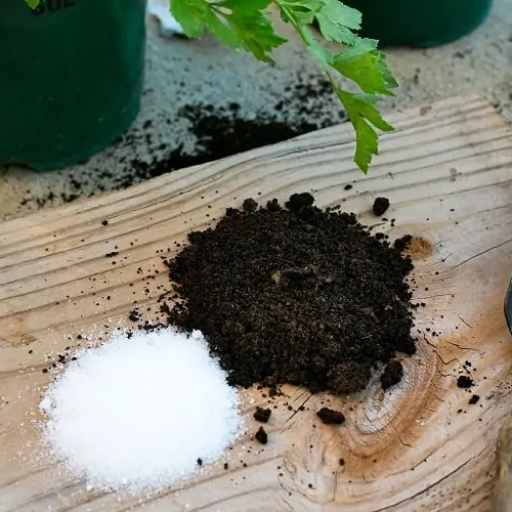
Addition of Epsom Salt into Garden Soil Best Practice
Creating several simple rules for myself to follow when applying Epsom salt correctly in my garden is essential. First, I mix about one tablespoon of Epsom salt per every foot height of the plant by dissolving it in water, thus obtaining a nutrient-rich solution. The early part of the growing season is the most desirable time when to apply this concoction, as well as during flowering or fruiting stages, which would enhance flower production and yield. Furthermore, Salts should be sprinkled evenly all over the soil around the plant’s base, promoting better absorption without causing burn on the roots. It is important not to add too much; as such, I observe how they react and adjust to maintain equilibrium in my soil’s nutrient profile.
Epson Salt Per Gallon Of Water?
Usually, if I want to combine it with water, I can use two tbsps of Epson salts in a gallon of water. This helps me balance magnesium and sulfur for my plants’ benefit without so many overwhelming ingredients. Depending on what the plants require during their growth stages, I spray this on their leaves or pour it directly into the soil. For me, though, it’s critical that I always monitor any growth changes and, as needed, make some adjustments, especially for optimized performance throughout their life cycle.
Effective Ways To Apply To Garden Plants
I employ several effective methods to apply Epsom salt to get its full benefits on my garden plants. One way to do this is by mixing this solution with a watering can so that each plant gets an equal share at its base, encouraging root absorption ability. On another note, however, I sometimes use a spray bottle for foliar feeding, where leaves get a direct source of magnesium, especially during flowering or fruiting periods. Another thing that has been revealed is that sometimes, using Epsom salts when planting early increases the overall growth rate. In addition, I like my plants to talk back; this means that I will easily modify the frequency or strength of application in case any nutrient shortage symptom is detected, thus assuring sound conditions and higher productivity from crops.
Does epsom salt help prevent blossom end rot in tomatoes?
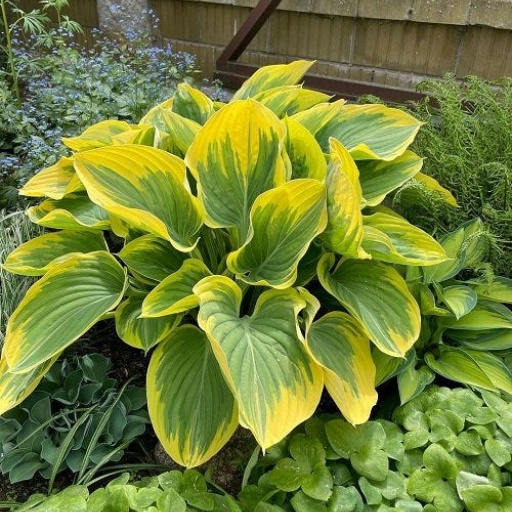
Understanding tomato blossom-end rot
My tomatoes often suffer from blossom-end rot, which is characterized by dark sunken spots at the blossom end of the fruit. In most cases, this problem emanates from an inadequate supply of calcium in the soil, further worsened by inconsistent watering habits. I tried to look into different sources.
According to many experts, it is important to water consistently; unbalanced hydration may cause quick calcium deficiency due to calcium leaping out and back inside the plants. A good rule of thumb suggested by the University of Maine Extension is applying 1-1.5 inches of weekly rainfall or irrigation water. Additionally, calcium absorption can depend on soil pH, such that ideally, lime should be between 6.0 and 6.8.
Adding lime to the soil also increases calcium levels, and according to soil test results, about 1-2 pounds per hundred square feet is recommended. These parameters require close monitoring, as my watering regime and soil amendments must be tailored to prevent blossom end rot and ensure healthy tomato yields.
How epsom salt can help
Epsom salt has been found in my research as one way that could help prevent blossom end rot since it consists of magnesium sulfate. This condition can be prevented through adequate amounts of magnesium from Epsom salts, which facilitate general nutrient uptake in tomatoes, including essential minerals like this. My approach involves light sprinkling with Epsom salts, which I mix about one tablespoon per gallon of water and use on my tomatoes every two weeks during the growing season, mainly when fruits are developing, and cell walls are thickening around them. Hence, they store water more effectively, although It’s just a matter of balancing fertilization practices since over-application or nutrient imbalance can lead to other troubles.
Applying epsom salt effectively for tomato health
I take several steps when using Epsom salt on my tomato plants for practical application. First, I ensure the soil is slightly moist; this aids in magnesium sulfate being absorbed. I usually prepare a gallon of water with one tablespoon of Epsom salt, poured directly on the ground around the base of each plant for three to four weeks during the growing season only so that nutrient content can be taken in but not rapidly. Furthermore, should there be any signs of nutrient deficiency or imbalance while looking at the overall health of my tomatoes, the application will have to be adjusted accordingly. Following this routine ensures my tomatoes benefit from the supplemental magnesium while maintaining a balanced nutrient profile.
Can epsom salt improve the health of my houseplants?
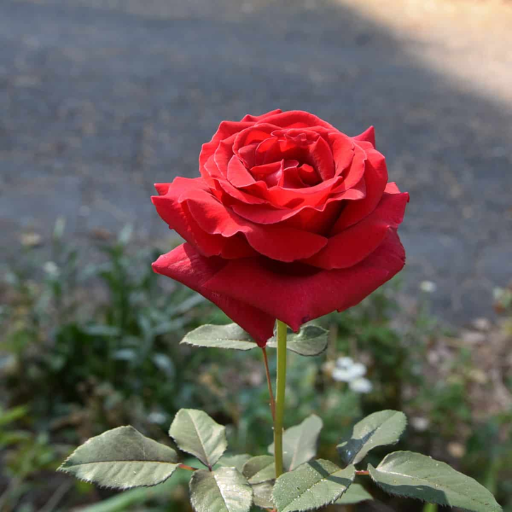
Why houseplants benefit from magnesium sulfate
I have noticed that my indoor plants’ health can be improved by using Epsom salt, which is rich in magnesium, for making chlorophyll. Consequently, it makes my plants photosynthesize better, hence richer green foliage and general growth. Also, magnesium helps the plant absorb essential nutrients like nitrogen and phosphorous, therefore giving the plant a balanced diet. It’s also wonderful to note that Epsom salts can be helpful when dealing with conditions such as yellowing leaves resulting from nutritional deficiencies. Every few months, I water them down with this mixture so they all stay healthy and grow well without experiencing any nutrient overdose.
Recommended amounts for indoor plants
To make a nutrient solution, I mix one teaspoon of Epsom salt with one gallon of water for my indoor plants. Depending on various factors, I pour this solution every four weeks or even once every six weeks. Half a teaspoon for each gallon works perfectly for smaller pots or less needy flowering plants. Therefore, I always take time to check for any signs indicating stress or improvement on my flowers, ensuring that they get just enough magnesium, not causing harm due to over-use. This approach has worked great in helping me manage my indoor plants!
What types of plants benefit from using epsom salts for plants?
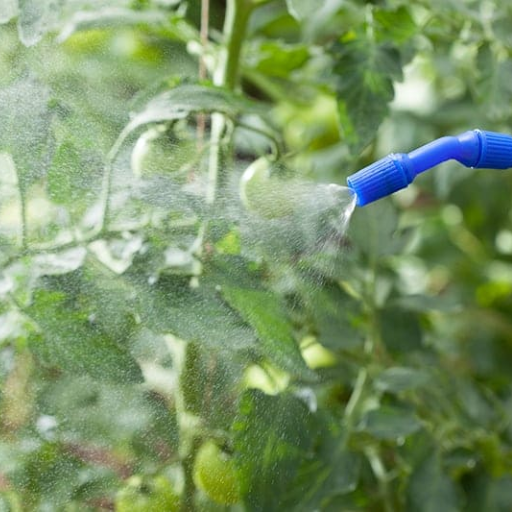
Vegetable garden essentials: tomatoes and peppers
Epsom salt greatly benefits the tomatoes and peppers growing in my vegetable garden. I have learned that these plants need magnesium, which helps in the uptake of nutrients and growth vigor. Applying a solution made from Epsom salt seems to level up the health status of my tomatoes and peppers, resulting in taller plants and more robust flavors. Also, I have noticed that Epsom salt prevents blossom end rot, known to occur when there are low calcium levels in tomato fruit. This amendment is straightforward and should be part of my gardening activities, enhancing the quality of my vegetables.
Benefits for flowering plants like roses
I have found Epsom salts helpful in flowering plants such as roses. Magnesium, available in ample supply in Epsom salts, ensures that blooms stay healthy and stems are hardy. Furthermore, by applying an Epsom salt solution every 2-3 weeks, the fragrance, color, etc., are all improved for me, making them more beautiful flowers than before. Additionally, I have realized it enhances nutrient absorption, promoting healthy flowering with many blossoms. It can equally address problems related to yellowing leaves, which usually means a lack of magnesium (Mg). By incorporating this amendment into the rose care schedule, I see a lot of changes for their betterment, including how long they take to bloom.
potted plants and other houseplant considerations
Based on my experience with potted plants, good drainage is crucial when trying to keep them alive. Using pots with holes at the bottom enables excess water to move out, thus helping prevent root rot and allowing for a healthier root system formation. In addition, you must choose potting soil with high organic content as it contains all the essential nutrients required for plant growth. Furthermore, each plant’s lighting requirement matters; some do well under direct sun, such as succulents, while others may thrive in indirect light. In addition, I always check how moist the soil is to determine when it’s time to water to avoid over or under-watering. Lastly, I have found that my indoor garden of robust growth and lush foliage is best achieved by an occasional application of a balanced, water-soluble fertilizer. This way, my potted plants look vibrant and healthy throughout their growth.
Are there any downsides to using epsom salt for my plants?

Distinguishing when epsom salt is not helpful
Even though I have found Epsom salts helpful for my roses, there are certain circumstances in which it is probably not the best choice. For instance, if the soil is already rich in magnesium, adding Epsom salt can create an imbalance and potentially harm plants. Another thing I have noted is that using too much of this salt can cause nutrient lockout or failure to absorb other vital nutrients correctly. Check out for signs of either scarcity or excesses of nutrients from my crops, as they may indicate over-reliance on Epsom salts. Lastly, when dealing with plants such as azaleas that require acidic soils, I would avoid using Epsom salts because they might impact the pH levels negatively. Therefore, understanding these subtleties has helped me make more informed decisions about when to use Epsom salts in my gardening practices.
Effects of Excess Epsom Salt on Soil
Using enormous amounts of Epsom salt leads to some adverse impacts on my soil health. Too much magnesium hampers the uptake of other essential nutrients, such as calcium and potassium, leading to deficiencies that hinder plant growth. Additionally, a high magnesium content makes the soil more compacted and less aerated or drained. Besides, caution should be taken, mainly when I apply more quantities of Epsom salt since it might increase the salinity level in the ground, making it unsuitable for sensitive plants, and their water uptake is also affected negatively. Thus, considering how much Epsom Salt goes into it, it helps maintain well-balanced and healthy surroundings for all crops grown here.
Reference sources
Frequently Asked Questions (FAQs)

Q: How does epsom salt in the garden help plants?
A: Epsom salt can be beneficial for plants as it provides magnesium, which is essential for photosynthesis. It also helps plants absorb nutrients more effectively, leading to healthier and greener plants, especially in the garden.
Q: Is epsom salt good for peppers and tomatoes?
A: Yes, epsom salt is good for peppers and tomatoes. It can enhance their growth, making them more productive by providing the necessary magnesium these plants need to thrive.
Q: How can I make peppers and tomatoes more productive using epsom salt?
A: To make peppers and tomatoes more productive, add epsom salt to the soil. A standard recommendation is to use one tablespoon per gallon of water when watering your plants. This helps supply the magnesium they require.
Q: What must I know if my garden soil is low magnesium?
A: If your garden soil is prone to magnesium deficiency, testing your soil first is beneficial. Many gardeners find that adding epsom salt can address this deficiency effectively without harming their plants when used correctly.
Q: Can plants absorb epsom salts on plants directly?
A: Plants can absorb epsom salts when dissolved in water and applied to the soil. This allows the magnesium to be taken up by the roots, helping plants grow bushier and healthier.
Q: Will epsom salt harm my plants if misused?
A: While epsom salt is generally safe for plants, too much can be harmful. Following recommended guidelines, such as adding one tablespoon per gallon of water, is essential to ensure you do not overwhelm your plants with excessive salts.
Q: Can epsom salt be used for any type of plant?
A: Epsom salt can be used for many plants, but it is particularly beneficial for those prone to magnesium deficiency. However, be cautious as some plants don’t like epsom salt in gardening practices.
Q: How does epsom salt affect the overall health of garden plants?
A: Epsom salt contributes to overall plant health by promoting more substantial growth, greener foliage, and better nutrient uptake, ultimately resulting in a more bountiful harvest in your garden.
Q: How often should I add epsom salt for garden plants?
A: If needed, add epsom salt to the garden soil during planting and again a few weeks later. It’s typically recommended to apply once every month, checking for any signs of deficiency in your plants.



